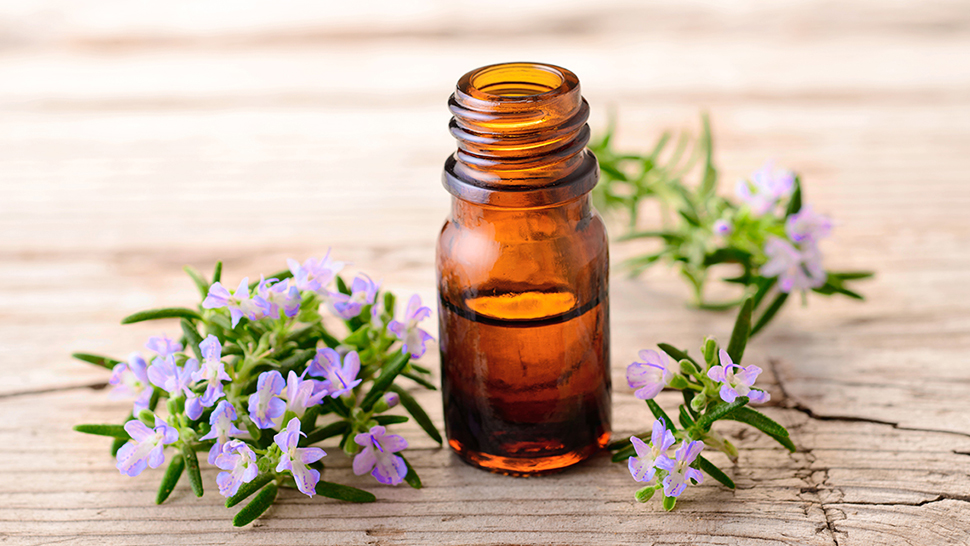
What’s the difference between culinary oils and essential oils? Are they safe to consume?
You can’t get on social media without seeing a new wellness claim about essential oils. From alleviating anxiety to curing that ubiquitous wellness villain “inflammation,” it’s hard to tell fact from fiction when it comes to these potent plant oils. And while diffusing aromatherapy oils — or adding them to your bath — is generally a safe way to relieve stress and practice self-care, you may enter dangerous territory when directly ingesting even small amounts of some highly concentrated essential oils.
What is the difference between a culinary oil and an essential oil? The first major point is essential oils’ potency. Food-grade oils such as olive, nut, and canola are “fixed” oils, which means their molecules are stable when exposed to light, heat, and air. Even when infused with small amounts of fragrant foods (such as chilis, garlic, and fresh herbs), they remain shelf and heat stable — that is, safe for cooking and ingesting. On the other hand, essential oils are considered “volatile,” because upon exposure to the elements, they quickly degrade and turn rancid.
This potency is another reason for concern when it comes to consumption. While flavored food-grade oils are made by infusing foods in a stable cooking oil, essential oils are extracted from plants by distilling and cold pressing. This process renders a highly potent oil extract that contains many times the biochemical compounds found naturally in the whole unprocessed plant. Although the concentrated amount of antioxidants and other compounds is what many wellness warriors find appealing about essential oils, it is important to note that just because a compound may have health properties when consumed in amounts found in its natural plant state — which includes fiber and other components — high concentrations can be toxic if ingested. Wintergreen, birch, cedar, arborvitae, tea tree, sage, and eucalyptus oils are examples of essential oils that may be toxic if consumed.
Which fragrant oils are safe to ingest, and how should you use them? Always err on the side of caution and stick to the FDA-approved list of oils that are recognized as safe for consumption. Use only those oils that are intended for cooking and eating, and follow the instructions for proper dilution and potency.
And finally, realize that no matter how alluring the health claim, no essential oil is a magic elixir for health. Essential oils can have a place in your wellness routine when used correctly, but no one oil or compound can replace the power of a balanced and richly varied diet.
At Bon Appétit, we know there’s a lot on your plate that you worry about. That’s why we have a team of registered dietitian nutritionists ready to answer your nutrition questions about which food choices will help you avoid unwanted pounds, work or study (and sleep!) better, and form long-lasting healthy eating habits. Email your questions and feedback to nutrition@cafebonappetit.com.